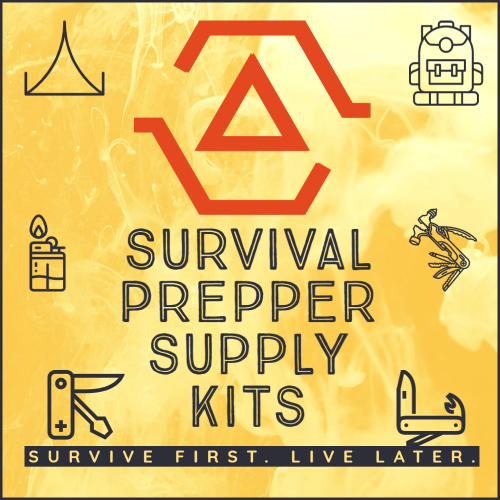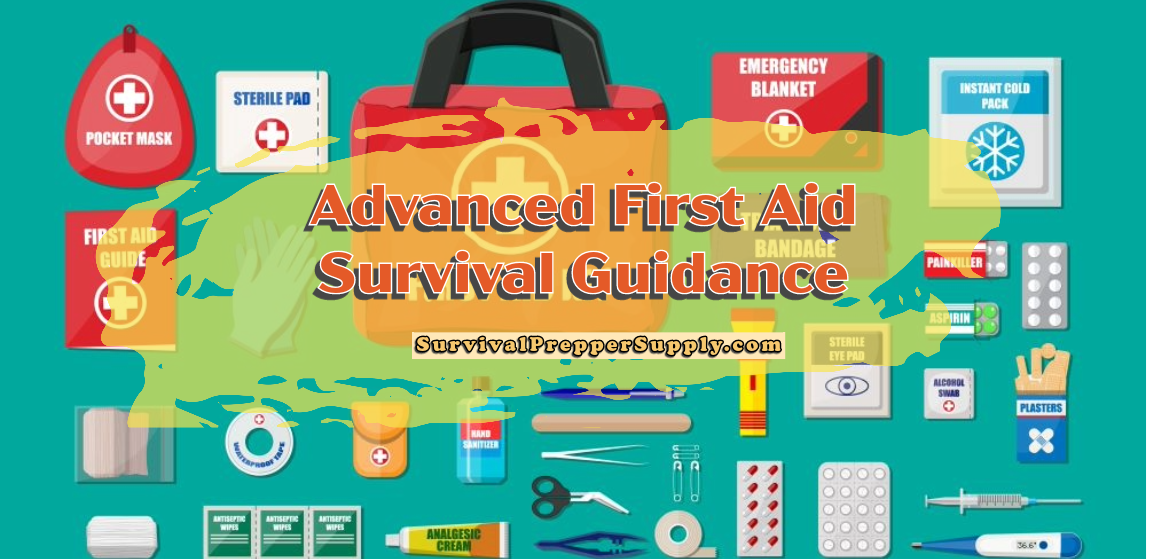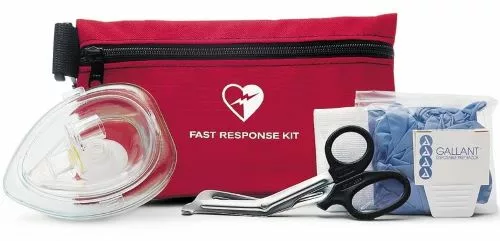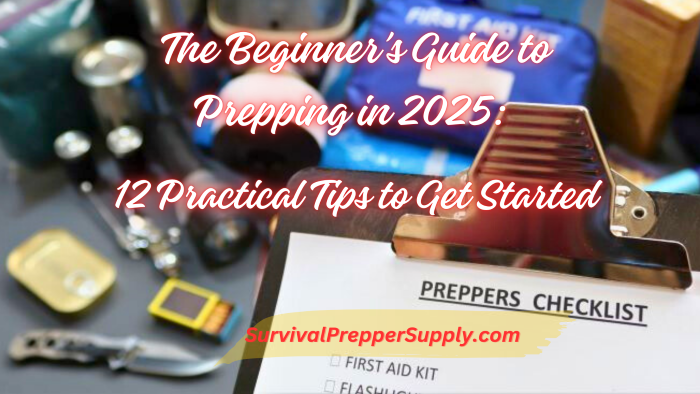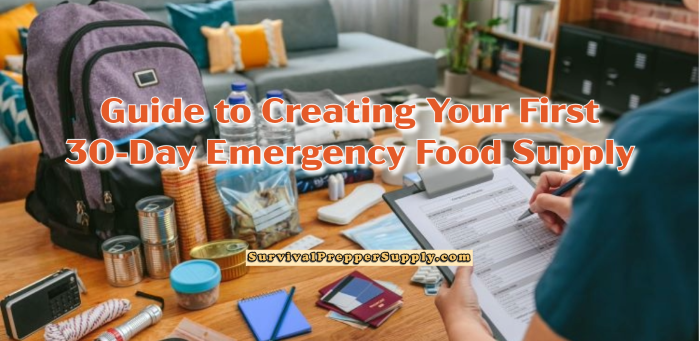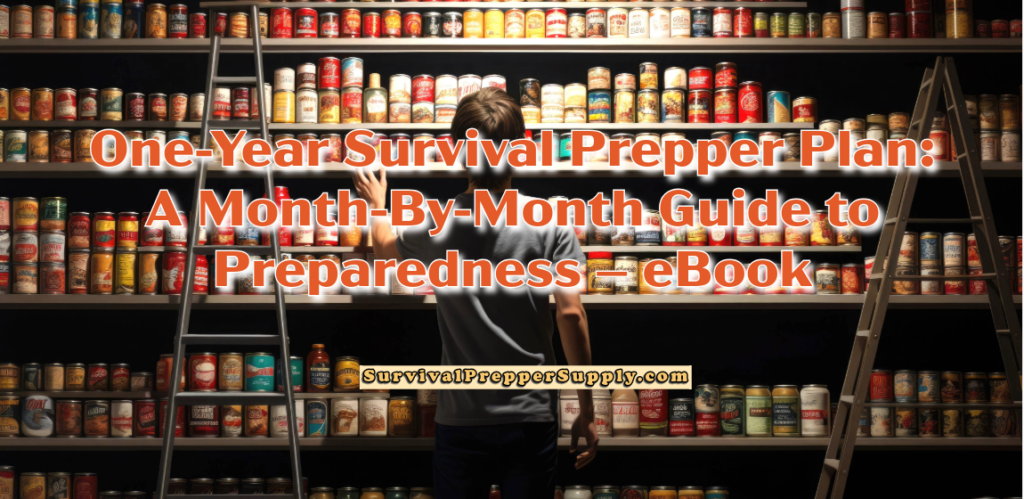Survival Prepping 101 Series Part 11 Pillar Post: Learn How to Apply First Aid
Unfortunately, many novice survivalists only carry basic first aid kits that include items like bandages, antiseptic wipes, and a few pain relievers. While these items can be helpful in certain situations, they are insufficient to handle serious emergencies that might last for an extended period.
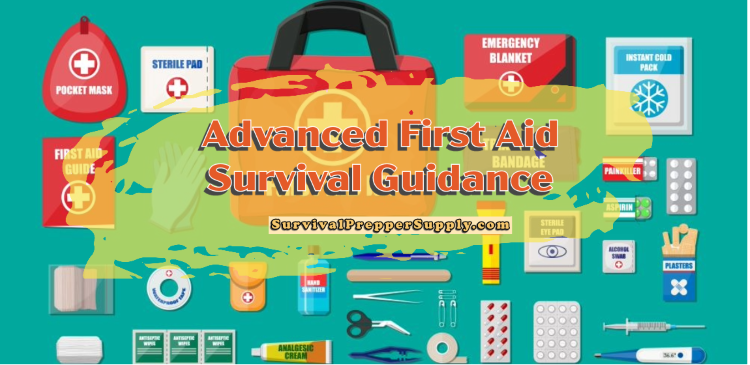
What’s even worse is that these individuals don’t know how to use the materials they already have. As a result, even if they possess the required tools, they cannot alleviate pain or prevent future infections or injuries.
Moreover, you must realize that in a survival scenario, you might run low on or have insufficient first-aid materials. Therefore, you need to learn how to adjust to the environment and handle injuries to the best of your abilities, for yourself or others.
In a survival scenario, such as flooding, a small scrape on your skin can develop into a severe issue due to contaminants present in the water or unsanitary conditions.
Related – Medical and First Aid Supplies for Your Survival Kit
In a survival situation, you might not have access to the necessities like clean water, sterile bandages, or a medical facility.
In an emergency, you might not have access to clean water to treat injuries. A simple first-aid scenario might escalate into a situation where you have to use the knowledge you’ve acquired previously with whatever resources are available.
You Should Not Ignore these Common Injuries during Survival Events
The type of first-aid treatment given during a crisis will depend on the severity of the incident and the resources available. For instance, even in the aftermath of a devastating tornado, you might have minor injuries that can be attended to at the hospital once rescuers arrive.
Related – Bushcraft – Part 4 First Aid for Survival
But if the grid goes down and there’s no clean water in your home for an extended period, you may have other injuries that have to be addressed, such as a burn that someone got from trying to cook over an open fire.
Or, if you are in a worst-case scenario where you have to bug out into the wilderness, you may suffer all different kinds of seemingly minor injuries that turn into something bigger without treatment.
Cuts and scrapes will be among these types of concerns. You need to find clean water to wash out the wound and use any antiseptic you may have on hand before bandaging it.
With burns, it will depend on the degree of the burn. A superficial first-degree burn is just an outer layer problem that will be painful but not necessarily risky. Once you enter the second and third-degree burns, these blisters can open up and cause problems if the wound is not cooled to reduce inflammation, and a burn cream with gauze applied to protect it.
You may also have to care for any sprains or broken limbs in a survival situation. In some cases, you’ll be able to see when a bone is broken visibly, but it may just be a swollen area with bruising and pain.
Trying to immobilize it, whether you have a traditional splint or fashion one out of your surroundings, like branches and vines, will help it keep from getting worse and becoming more severe in terms of pain.
In a wilderness survival situation, you may also be affected by insect bites. After removing the stinger, you’ll need to clean the area, and if you have any antihistamine product, give that to the person to alleviate any reaction.
You never want to rely on your first aid kit for survival. You may have to use other items, such as a menstrual pad as a makeshift bandage or some willow bark as a painkiller.
If you have an Aloe Vera plant, you can apply that to burns, and honey has been known to have antibacterial benefits as well. When you have this knowledge, it can help steer your survival gardening and purchasing decisions ahead of time so that you have backup first aid supplies whenever needed.
Related – The Ultimate Guide to Survival Lessons – Cleanliness, Defense, First Aid. Lessons #8-10
Be Alert to What’s Happening in a First Aid Situation
With survival events, you want to have a level head. Panicking whenever someone is injured, regardless of how much, is never beneficial. You may have to take the lead and calm everyone else down while you assess the situation.
You want to make sure that the person is breathing correctly. If they are choking or you can tell that their circulation is not working, that’s an immediate danger that has to be taken care of.
You might recognize something specific is happening, such as slurred words indicating a stroke or someone grabbing their chest to showcase a potential heart attack. If multiple people are injured, you want to assess everyone quickly and focus on the person who needs the most help based on the severity of the issue, not necessarily what it looks like.
Someone who is bleeding but not necessarily at risk for anything severe happening may not need first aid over someone whose speech is slurring or whose airway is blocked.
Related –
Work on stabilizing people in the order of severity and treating their injuries before providing comfort to them. If possible, you may need to signal for rescue or somehow contact emergency services so that you can get the help you need.
Life-Saving First Aid Skills Everyone Needs to Know
For some of the more severe first aid situations, more than a scratch or a headache, you and your survival party need to know how to address these. Others must learn how to handle these situations as well in case you are the one who needs assistance or if they get separated from the rest of the group.
When discussing open wounds, you may have to do a little more than simply washing something out and putting a bandage over it. There may be a situation where you have to stitch the wound if you cannot get to a doctor’s office or hospital.
Everything must be sterilized with boiling water and kept as clean as possible. Your first aid doesn’t end after the wound is stitched. You have to watch it to ensure it doesn’t get infected afterward.
Being in a survival event is stressful, and you’ll want to know how to provide CPR (cardiopulmonary resuscitation). There are classes you can take for this, and if you want to invest in a defibrillator for your home, you can do that as well.
Philips HeartStart AED Defibrillator Fast Response Kit, 68-PCHAT
—Contains tools and supplies typically needed for patient care and personal protection
–Items housed in a zippered pouch
–Attaches securely to the handle of the carry case
–Includes: 2 pairs of hypoallergenic nitrile gloves, a pocket breathing mask, paramedic scissors, a chest hair razor, a sizeable extra-absorbent paper towel, and a zippered pouch.
Likewise, knowing how to apply the Heimlich maneuver on someone else or yourself is an essential part of staying safe in survival situations. You want to be able to unblock the airway, whether it’s an infant, child, or grown person, by performing a quick upward thrust to the abdominal area.
Heat stroke and hypothermia are also situations you may have to deal with regarding first aid if you are in an extreme weather location. You want to recognize the signs of these illnesses and either work to increase the body temperature or cool them down, whichever scenario applies.
First aid is a skill for survival that you and your loved ones want to be prepared for in terms of supplies and knowledge. Learning things once is never enough to apply them in an actual emergency event.
Things must be practiced, and you can conduct drills to ensure everyone knows how to handle a crisis first aid situation. By making sure everyone is knowledgeable, you will be gifting them with peace of mind and the emotional support they’ll need to maintain their composure in a chaotic state.
